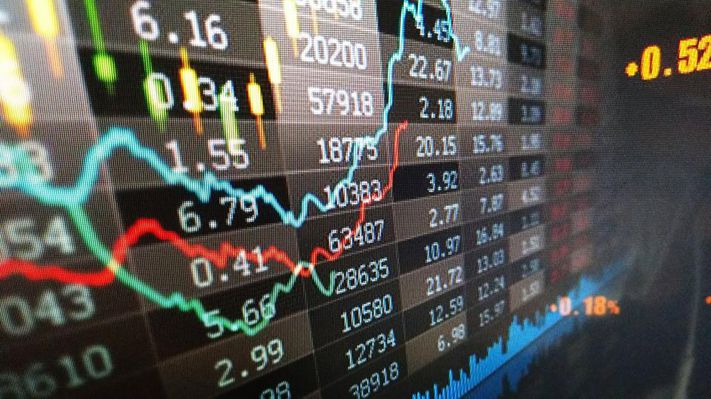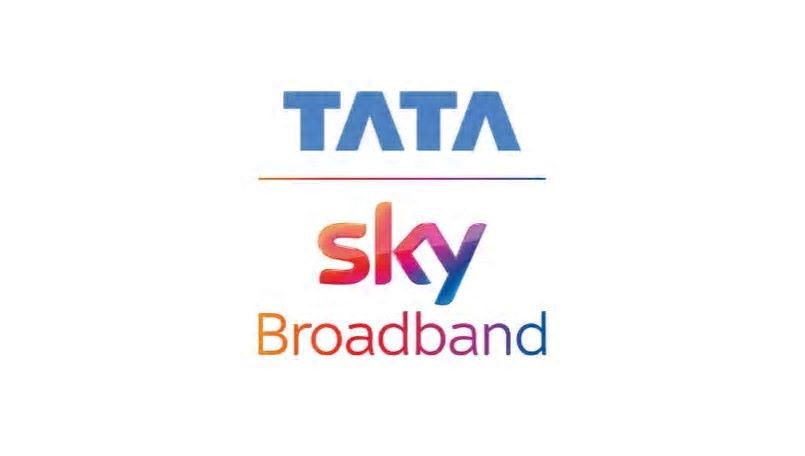-
- US stocks continued their record run and closed higher on Tuesday, driven by trade optimism between the US and China.
-
- The S&P 500 and Nasdaq composite indexes closed at record highs, while the Dow Jones industrial average ended the day in the red after the index provider announced a shake-up to the 124 year old index.
-
- The US and China held a phone call on Monday eveningto review the phase one trade deal and commit to seeing the deal through, easing investor concerns about increased trade tensions between the two economic giants.
The S&P 500 and Nasdaq composite indexes notched record closing highs on Tuesday as the Dow Jones industrial average ended the day in the red.
The two major indexes extended their record rally amid continued hopes for the cooling of US-China trade relations.
The US, represented by Trade Representative Robert Lighthizer and Treasury Secretary Steve Mnuchin, held a regularly scheduled phone call with Chinese Vice Premier Liu He on Monday.
The Office of the US Trade Representative said in a statement that they reviewed the phase-one trade deal and “addressed steps that China has taken to effectuate structural changes called for by the Agreement that will ensure greater protection for intellectual property rights, remove impediments to American companies in the areas of financial services and agriculture, and eliminate forced technology transfer.”
Here’s where US indexes stood at the 4 p.m. ET market close on Tuesday:
“The parties also discussed the significant increases in purchases of U.S. products by China as well as future actions needed to implement the agreement,” the statement said, adding that they expressed their commitment to ensuring the success of the phase-one trade deal.
The statement came as tensions rise over data security related to the Trump administration’s proposed ban of TikTok. The Trump administration has since been sued by TikTok, on the grounds that they were not given due process.
Meanwhile, the Dow Jones industrial average said it would conduct a major overhaul of its constituents ahead of Apple’s end-of-month stock split. The index said it would replace Exxon Mobil, Pfizer, and Raytheon with Salesforce, Amgen, and Honeywell.
Exxon is the oldest member of the Dow Jones index – it was added in 1928, one year before the Great Depression.
Dow Jones S&P Indices said the changes would help “diversify the index by removing overlap between companies of similar scope and adding new types of businesses that better reflect the American economy.”
The changes are set to go into effect before the market open next Monday, the same day Apple implements a 4-for-1 stock split.
In terms of politics, LPL said in a note that the chances of a Joe Biden presidency are rising according to one stock market indicator, and his win would pose few risks to the market.
In the housing industry, home sales continue to rocket higher thanks to low mortgage rates. US new home sales soared 13.9% in July to a seasonally adjusted annual rate of 901,000 units, the highest level since December 2006, according to a Tuesday release from the US Census Bureau.
And while fears of a second wave spike in COVID-19 cases hangs over investors’ heads, Wharton Professor Jeremy Siegel says not to worry. Siegel told CNBC on Tuesday that the stock market would not lose upward momentum if the US were to experience another wave of COVID-19 cases.
Fundstrat’s Tom Lee seems to agree with Siegel. Lee said in a client note that US’ rapid decline in COVID-19 cases is setting the country up to become one of the safest in the world, which will attract new capital and help stocks continue their rise.
Gold slid on Tuesday, falling as much as 0.8%, to $1,912 per ounce.
Oil also got a boost from improving US-China trade relations. West Texas Intermediate crude gained as much as 2.2%, to $43.57 per barrel. Brent crude, oil’s international benchmark, jumped 2%, to $46.05 per barrel, at intraday highs.



